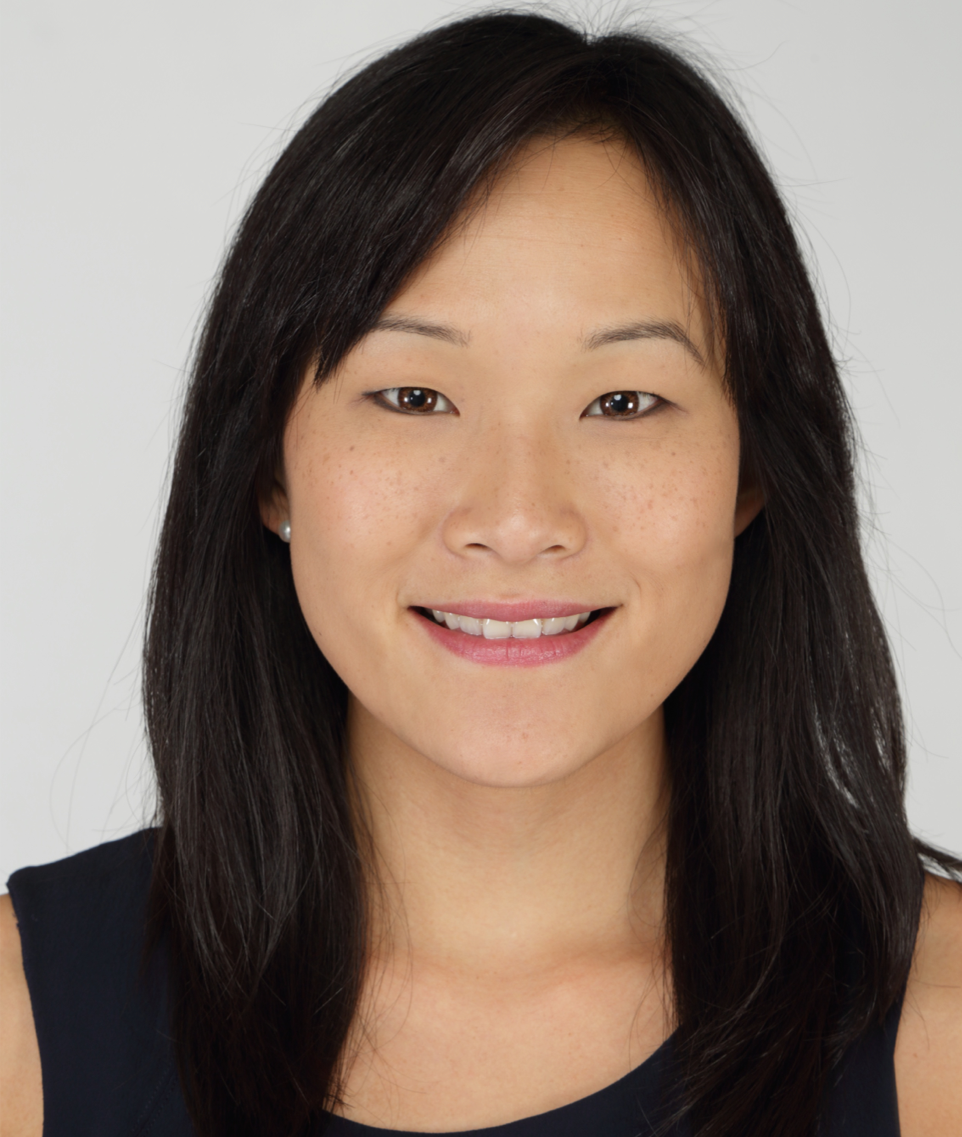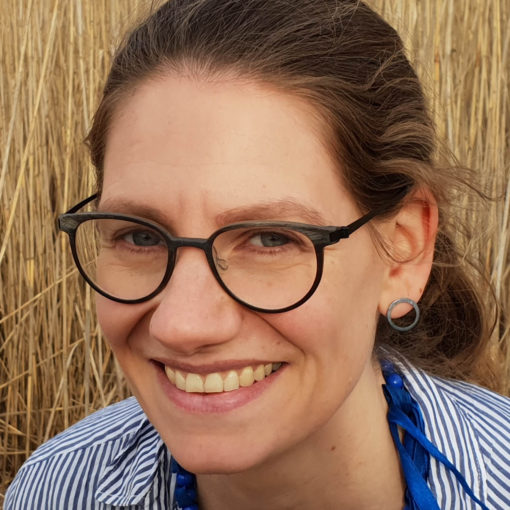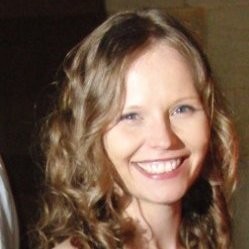D.Phil. Clinical Neuroscience, University of Oxford (2014)
| Senior Biomedical Scientist | |
|---|---|
| Perspectum Diagnostics | |
Year entered into a non-academic position: 2015
Job highlight: Working in a dynamic and fast-paced environment to build innovative technologies for healthcare.
Postgraduate take-away: Creative problem-solving and being able to multi-task.
What’s your background?
I did a DPhil in Clinical Neuroscience at the Functional MRI of the Brain (FMRIB) Centre, University of Oxford. I applied neuroimaging techniques to investigate how motor learning and non-invasive brain stimulation changed the level of certain neurotransmitters in the human brain, and how this could be applied to rehabilitation of motor function after chronic stroke. Prior to this I did a BSc in Psychology at UCL and an MSc in Neuroscience at Oxford.
Why did you move away from academia?
I chose to leave academia because I wanted to do science in an environment where results could be achieved quickly and translated into products that would benefit healthcare.
Is there anything you miss about academia?
Perhaps the freedom to be able to investigate research questions purely out of interest. In industry, scientific activities have a commercial underpinning to them so the questions you work on and the work you do will usually need to have a business case for it.
How did your PhD prepare you for your current job?
During my DPhil I conducted imaging studies to quantify different neurotransmitters in the human brain and now a part of my job is to conduct imaging studies to quantify tissue characteristics in the liver. Although this is a smaller part of my job, the technical skills were transferrable and helpful in this case. I’ve found that the most useful skills however, have been the less technical ones such as experiences in working with multi-disciplinary collaborations with scientists and clinicians in complex projects.
Can you describe a typical week in your job?
As a senior scientist in the innovation team I am involved in a variety of projects. This ranges from conducting performance testing validation experiments for medical device regulatory submissions, to being responsible for grant-funded projects that are developing prototypes in the innovation pipeline, to developing programmes of work for new product opportunities. I also write papers and conference abstracts, manage relationships with external collaborators, attend conferences and give presentations about our technology.
What are your favourite parts of your job?
I like the fast-paced nature of a growing company. The opportunities for growth and the variety of the work is great. I like how results can be achieved quickly as the environment is such that everyone has a common goal.
Do you have any advice for current graduate students and postdocs considering a career outside of academia?
Don’t be afraid to reach out to people that have made the move and to ask them questions. There is a whole world outside of academia and the options are endless, you just have to look!
 Perspectum Diagnostics’ strengths lie in translating biomedical engineering and medical imaging expertise into high-performing medical devices, to develop solutions for major unmet needs in liver disease. We have a proven track record of producing US and European regulatory-approved medical devices to develop and commercialise in clinical markets worldwide. Perspectum’s first product, LiverMultiScan (LMS), is a software application based on MRI-technology that aids clinicians in the diagnosis of early liver disease and has gained FDA 510(k) clearance and CE marking. LMS uses proprietary technology to measure parameters of liver disease, including the first scalable imaging metric of liver inflammation. This technology was based on IP generated by founders (Sir Michael Brady, Dr Rajarshi Banerjee, Prof Matthew Robson and Prof Stefan Neubauer) as part of their work at the University of Oxford.
Perspectum Diagnostics’ strengths lie in translating biomedical engineering and medical imaging expertise into high-performing medical devices, to develop solutions for major unmet needs in liver disease. We have a proven track record of producing US and European regulatory-approved medical devices to develop and commercialise in clinical markets worldwide. Perspectum’s first product, LiverMultiScan (LMS), is a software application based on MRI-technology that aids clinicians in the diagnosis of early liver disease and has gained FDA 510(k) clearance and CE marking. LMS uses proprietary technology to measure parameters of liver disease, including the first scalable imaging metric of liver inflammation. This technology was based on IP generated by founders (Sir Michael Brady, Dr Rajarshi Banerjee, Prof Matthew Robson and Prof Stefan Neubauer) as part of their work at the University of Oxford.





